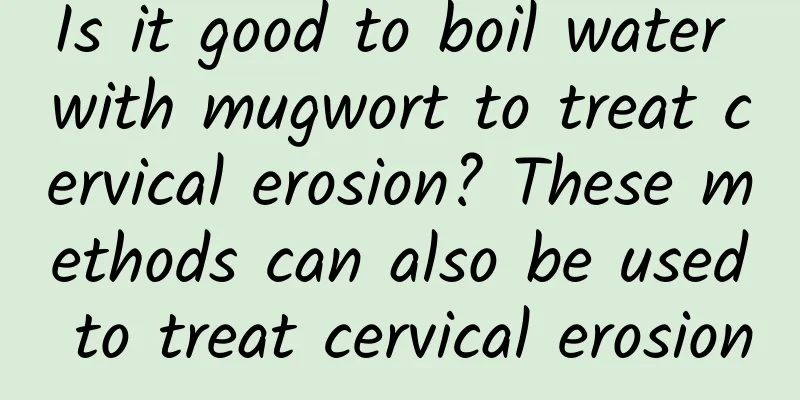Different types of pelvic inflammatory disease are treated differently

|
Pelvic inflammatory disease is mainly divided into acute and chronic types. Different types of diseases require different treatments. 1. Acute pelvic inflammatory disease The treatment of acute pelvic inflammatory disease is generally based on antibiotics. In terms of drug use, bacterial culture tests of vaginal secretions and drug sensitivity tests should be done in advance to find anti-inflammatory drugs suitable for patients to prevent the disease from prolonging. It should be noted that when treating acute pelvic inflammatory disease, the dosage of the drug should be large enough and a sufficient course of treatment should be guaranteed. Do not take the drug intermittently or stop taking the drug after the symptoms have been relieved after a few days of taking the drug. This can easily cause the disease to recur or even turn into chronic pelvic inflammatory disease, so the treatment must be thorough. 2. Chronic pelvic inflammatory disease Because the course of chronic pelvic inflammatory disease is longer, the treatment is more complicated than that of acute pelvic inflammatory disease. Traditional Chinese medicine is usually used clinically, including oral Chinese medicine, intravenous Chinese medicine drip, Chinese medicine enema, acupuncture, etc., and is often combined with Chinese medicine hot compress or ion introduction measures for comprehensive treatment. Among them, Chinese medicine hot compress is to put the Chinese medicine for promoting blood circulation and removing blood stasis into a cloth bag, and then put it on the patient's lower abdomen after heating in a steamer. The medicine penetrates into the pelvic cavity through the warm effect to achieve the effect of anti-inflammatory and eliminating pelvic adhesions; and Chinese medicine ion introduction technology is to boil the Chinese medicine and put it into the ion introduction instrument to introduce the drug ions into the patient's lesions to achieve the purpose of loosening pelvic adhesions and eliminating pelvic inflammation. |
<<: Dietary taboos for patients with uterine fibroids after surgery
>>: Magnesium deficiency can cause dysmenorrhea
Recommend
The health code of eating leeks to lower blood lipids is hidden in the taste
"Boss, I want 10 leek dumplings for you to e...
How to squeeze out a ruptured Bartholin's gland cyst
If a Bartholin's gland cyst ruptures, it is n...
2 sets of weight loss exercises to keep you in good shape in winter
When winter comes, women are too lazy to exercise...
Causes of irregular menstruation after induced abortion
Many female friends often experience irregular me...
What medicine is used for cervical warts
Cervical warts are the most common disease. As pe...
How to treat mild cervical erosion for married women? Comprehensive treatment methods for mild cervical erosion in women
It is very common for women to have cervical eros...
How to completely cure adnexitis after recurrence?
Adnexitis is a type of gynecological inflammation...
Several common methods to prevent cervical hypertrophy
Cervical hypertrophy is a female disease with a h...
The causes of cervical erosion always appear in life
In recent years, the incidence of cervical erosio...
Which women are prone to ectopic pregnancy?
Which women are prone to ectopic pregnancy? Ectop...
Let's discuss what preparations should be made before abortion?
Abortion is not something you can do casually. Th...
Stay at home and lose weight with 4 Pilates exercises
If you eat too much in winter, you should move ar...
How long can I go back to work after a miscarriage? Learn the important time points to spend the confinement period
Nowadays, many young women get pregnant unexpecte...
EU resolution: no sugar allowed in fruit juice from June
Many fruit juices labeled "pure juice" ...
What are the symptoms of ovarian cysts? What should we pay attention to when preventing them?
What are the symptoms of ovarian cysts? What shou...









